As a key equipment for industrial automation and digital production, intelligent slitting machine is promoting the upgrading of the manufacturing industry to high efficiency, accuracy and flexibility through technological innovation. The following is an in-depth analysis of its core values and industry application cases:
First, the technical upgrade point of the intelligent slitting machine
1. AI visual recognition system
◦ The high-precision CCD camera and deep learning algorithm can realize automatic deviation correction (± 0.1mm accuracy) at the edge of the material, such as micron-level defects can be identified in the slitting of lithium battery separators.
◦ Case: After a Japanese company adopted an AI slitting machine, the scrap rate of pole piece slitting was reduced from 3% to 0.5%.
2. Digital twin control
◦ Reduce physical debugging time by presetting parameters through virtual simulation. The changeover time of an automotive film company was shortened from 2 hours to 15 minutes.
3. IoT integration
◦ The equipment uploads slitting length, speed, tool consumption and other data to the MES system in real time to achieve predictive maintenance. Equipment downtime in a packaging plant was reduced by 40%.
4. Flexible cutting
◦ Servo motor + dynamic tool holder supports 100+ material preset schemes, such as medical non-woven fabric enterprises can quickly switch the mask/protective clothing raw material slitting mode.
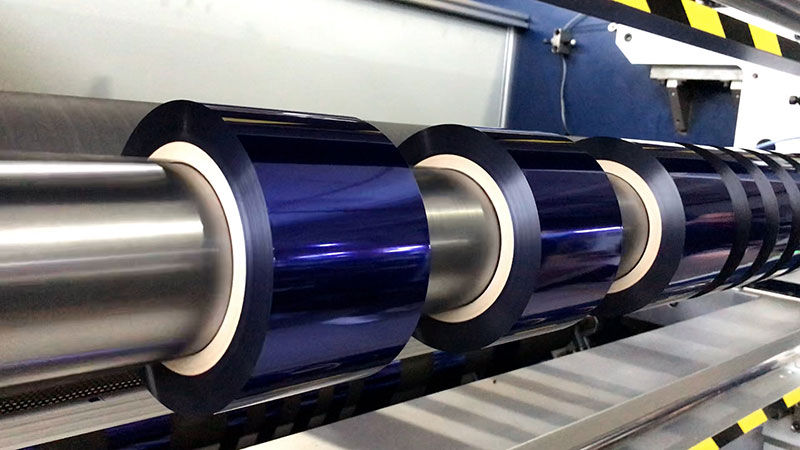
Second, industry application cases
1. New energy field
• Lithium battery pole piece slitting
After a TOP3 battery factory adopts an intelligent slitting machine:
◦ Tension control accuracy up to ±1N, pole piece burr ≤ 5μm
◦ Through laser width measurement + automatic slitting, the material utilization rate is increased by 8%
◦ Save more than 20 million yuan in copper foil cost annually
2. Packaging and printing industry
• High-speed slitting of flexible packaging
A European company realized:
◦ 600m/min slitting speed (250m/min for conventional equipment)
◦ The QR code traceability system automatically records the quality data of each volume
◦ Reduced lead time from 7 days to 48 hours
3. Manufacture of electronic materials
• OCA optical adhesive slitting
Korean Display Panel Supplier Case:
◦ Dust-free slitting technology in a cleanroom environment
◦ Nanoscale dust collection system reduces the risk of contamination
◦ Yield increased from 92% to 99.3%
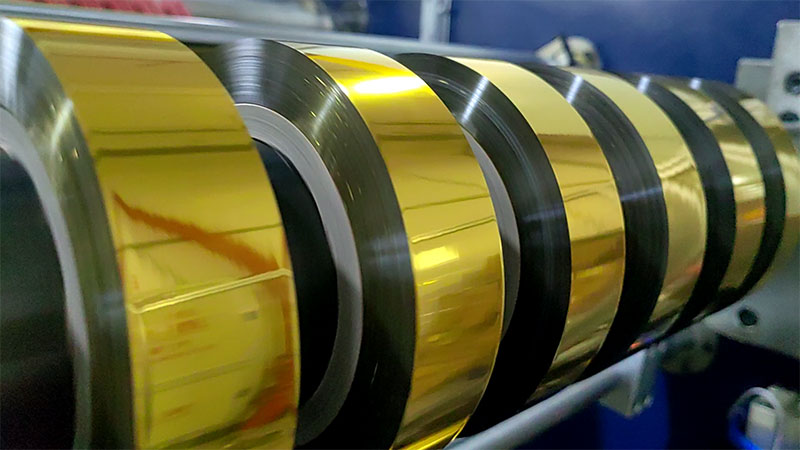
4. New textile materials
• Carbon fiber prepreg slitting
Constant tension control + low temperature cutting technology:
◦ Zero damage to the fiber tow
◦ Slitting width tolerance± 0.05mm
◦ Meets aerospace-grade standards
Third, the underlying logic of manufacturing upgrading
1. Cost refactoring
◦ 5-15% reduction in material waste→ Directly increase gross margin
◦ Energy consumption reduced by 20%+ (e.g., an enterprise saves 800,000 yuan in annual electricity costs through servo energy-saving system)
2. Value chain extension
◦ Shift from simple processing to an integrated solution of "slitting + quality inspection + data service".
◦ An equipment vendor creates new profit points through value-added services for slitting data
3. Agile manufacturing response
◦ Support small batch customized production (e.g. minimum order of 1 roll of pharmaceutical packaging)
◦ The increase in changeover efficiency increases the load capacity of the SKU by 3 times
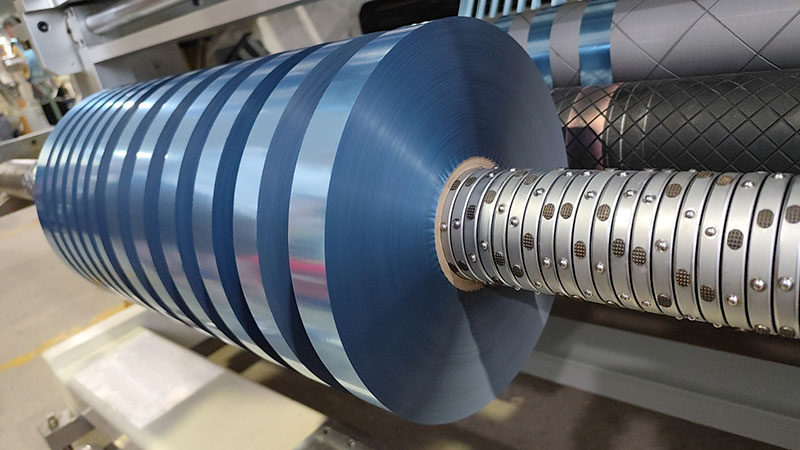
Fourth, future trends
• Modular design: plug-in knife set realizes "one machine for all materials"
• Green manufacturing: Dry slitting technology replaces the traditional solvent cleaning process
• Cloud-edge collaboration: Edge computing optimizes cutting parameters in real time, and cloud big data guides process improvement
A German Industry 4.0 model factory has realized the unmanned linkage between slitting machine, AGV and three-dimensional warehouse, and the labor cost of a single line has been reduced by 70%.
The value of intelligent slitting machines has gone beyond the scope of a single piece of equipment and is reshaping the production paradigm of the material processing industry. Its core lies in transforming the physical cutting process into a quantifiable, optimized, and traceable digital twin, which is the micro embodiment of the intelligent upgrading of the manufacturing industry.
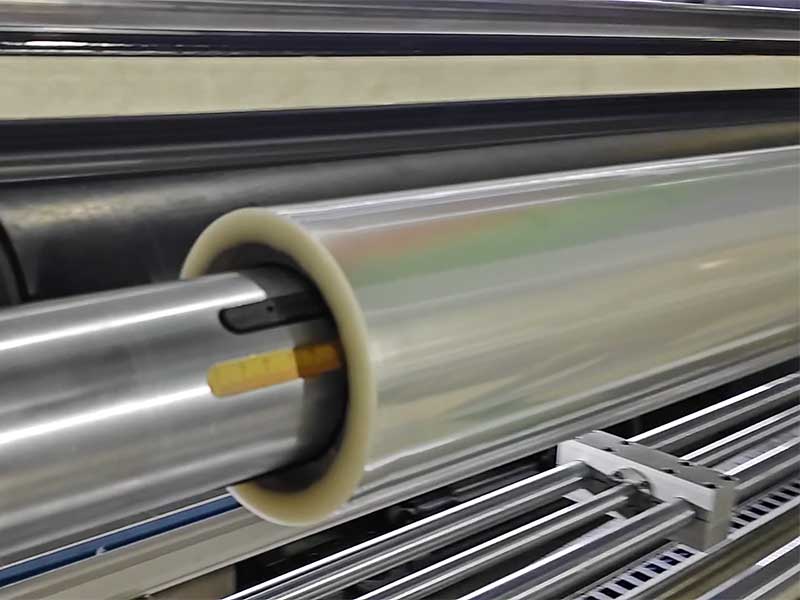 Innovation in ease of operation: intelligent control design of the new generation of film slitting machines
Innovation in ease of operation: intelligent control design of the new generation of film slitting machines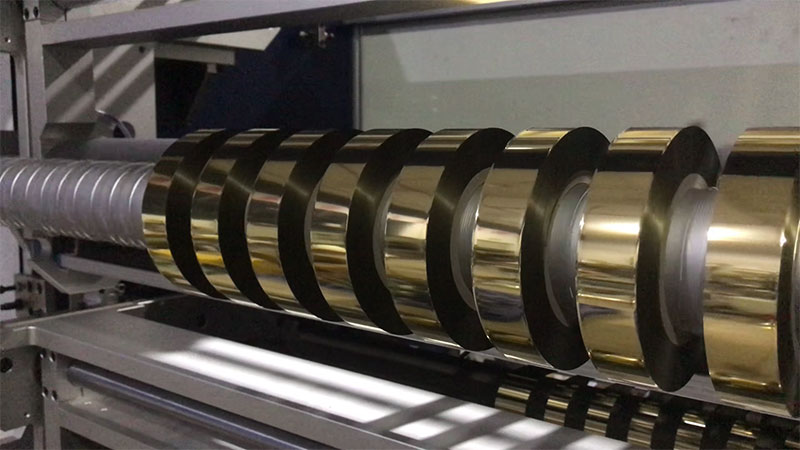 More convenient operation: user experience report of a new generation of intelligent hot stamping foil slitting machine
More convenient operation: user experience report of a new generation of intelligent hot stamping foil slitting machine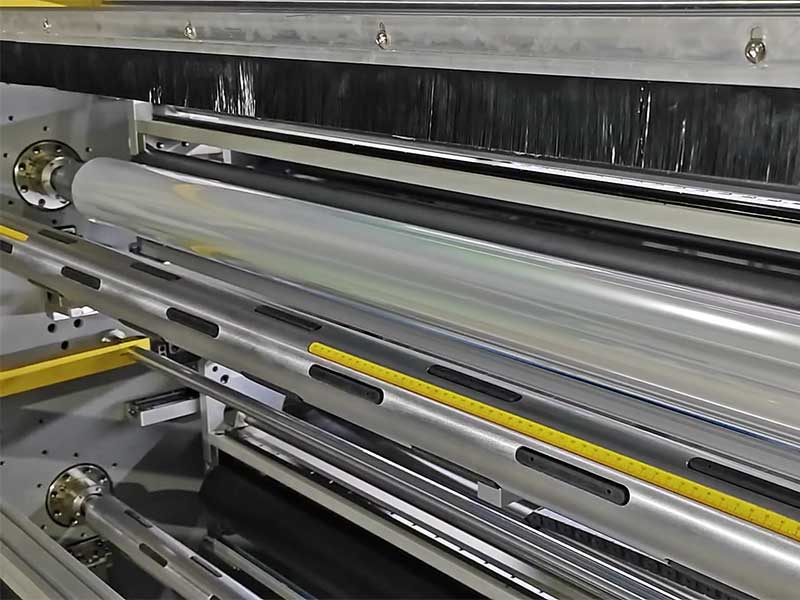 Intelligent deviation correction: the "invisible guardian" of automotive film slitting machine
Intelligent deviation correction: the "invisible guardian" of automotive film slitting machine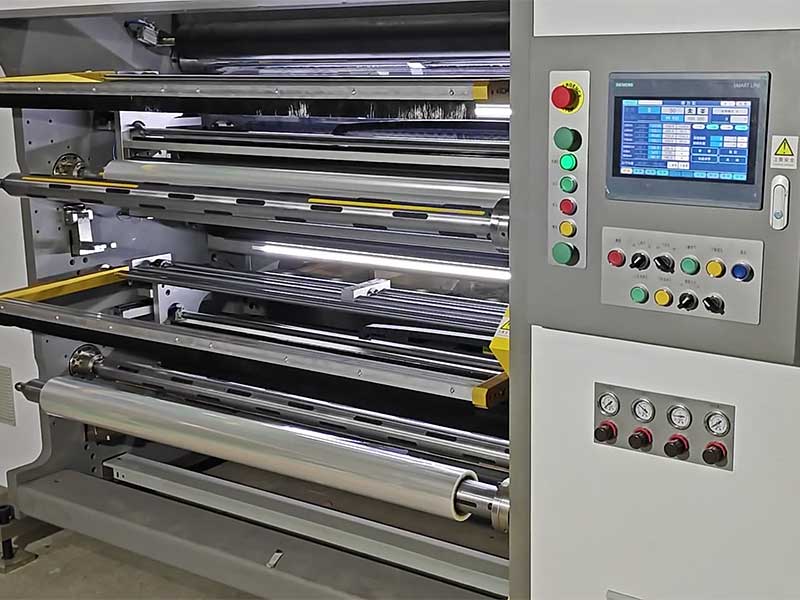 Film revolution: an intelligent cutting knife, how to cut out the new profit space of the automotive film industry?
Film revolution: an intelligent cutting knife, how to cut out the new profit space of the automotive film industry? The secret weapon of customized hot stamping: the intelligent hot stamping foil slitting machine
The secret weapon of customized hot stamping: the intelligent hot stamping foil slitting machine